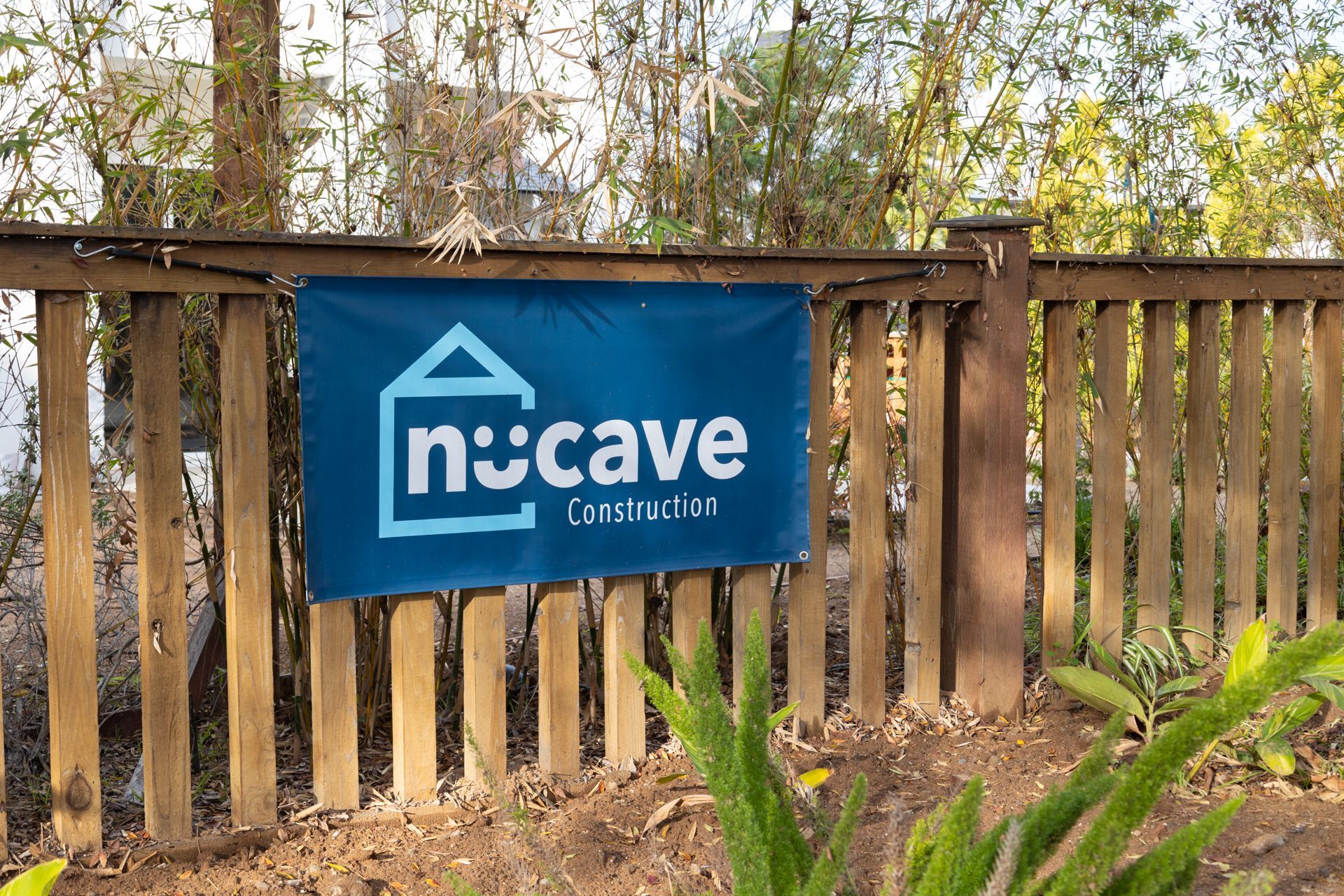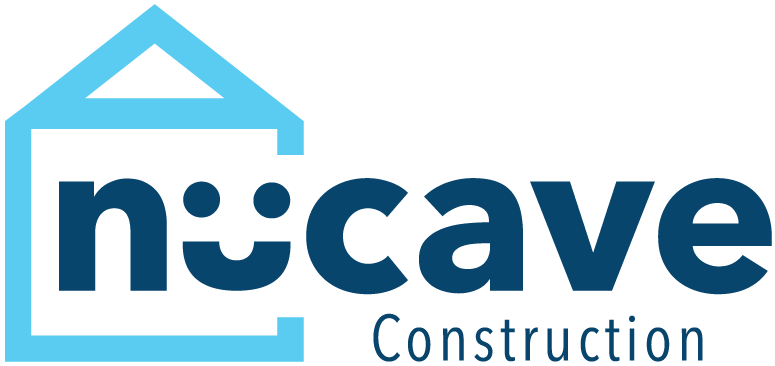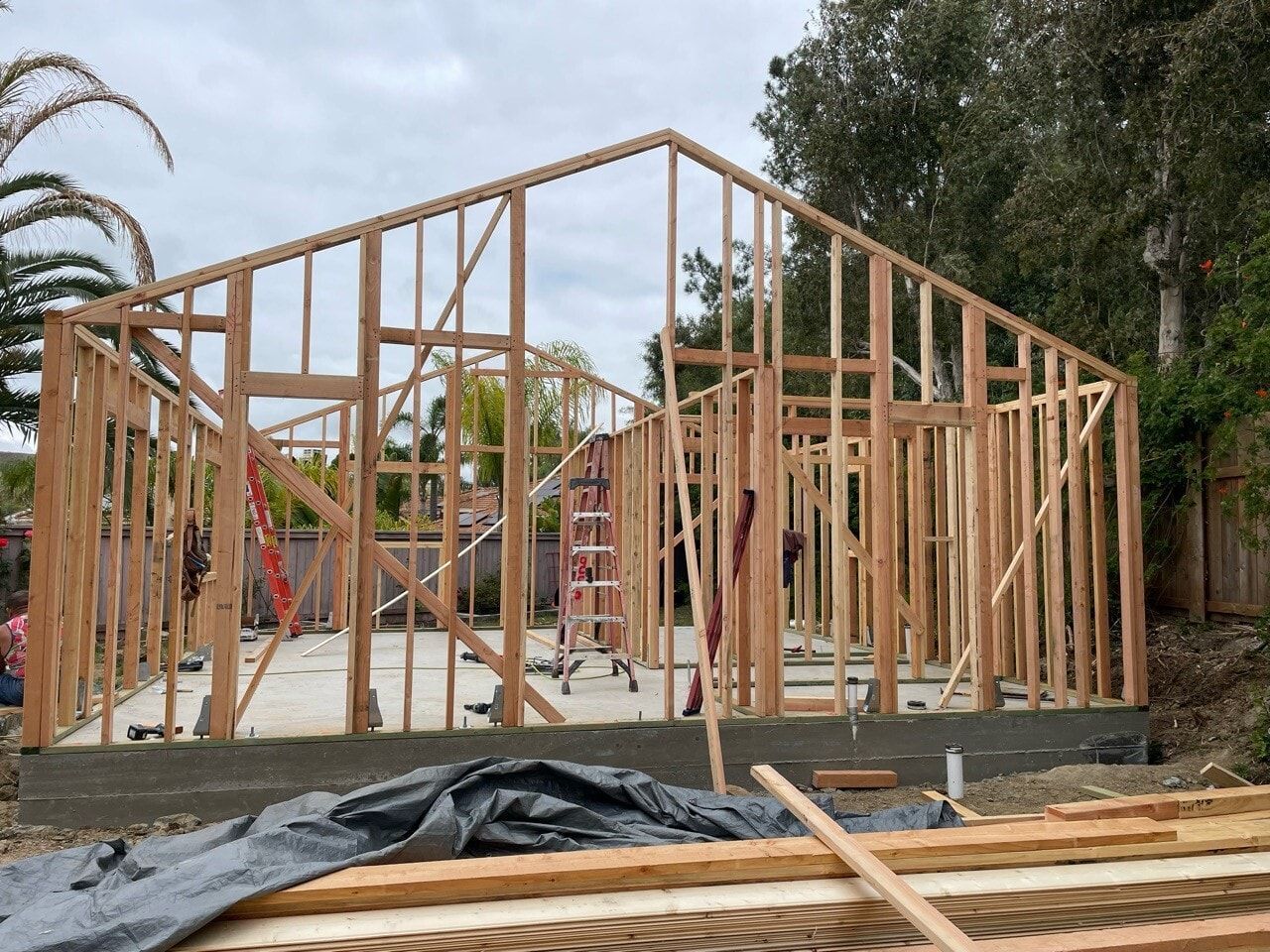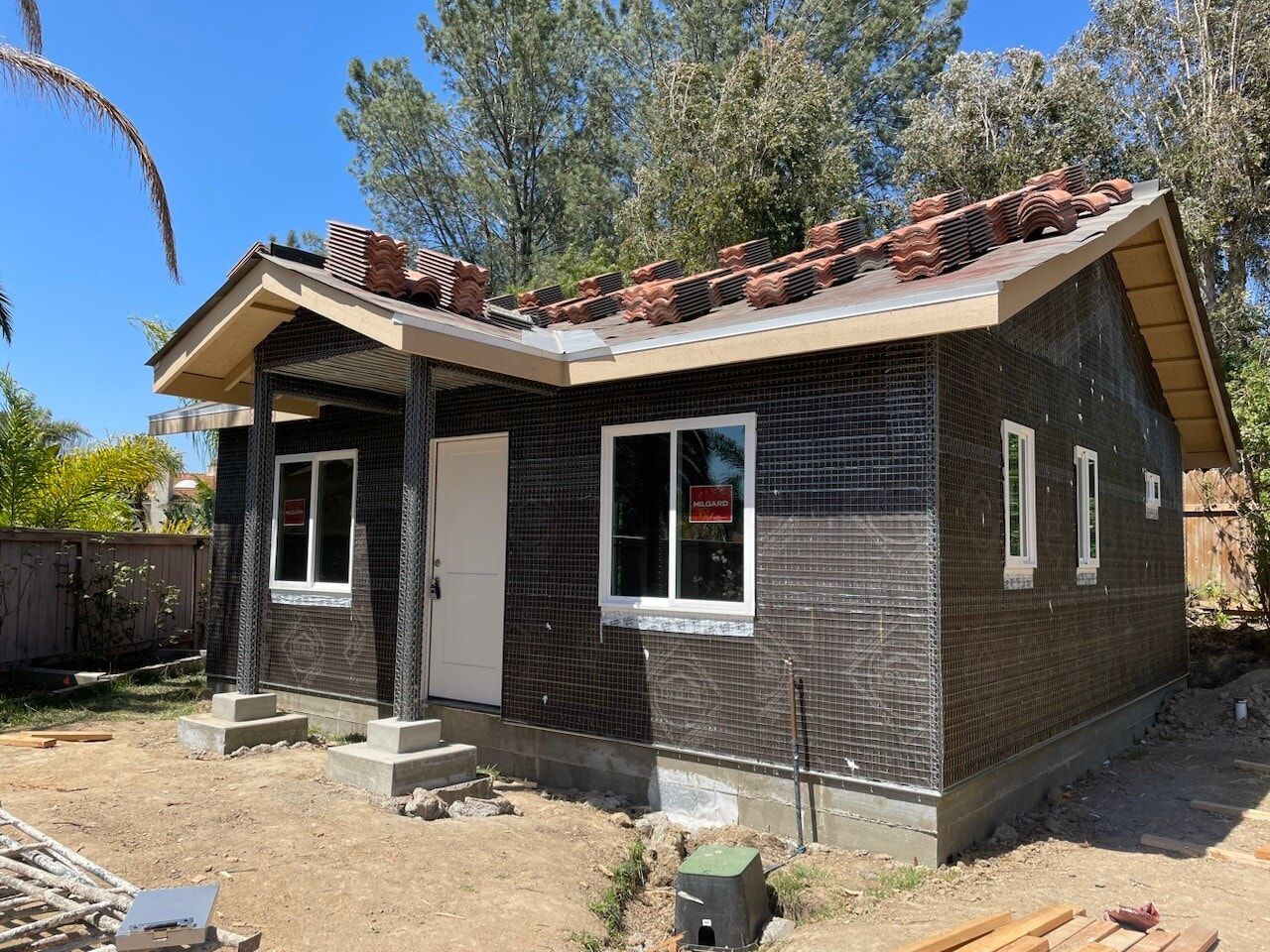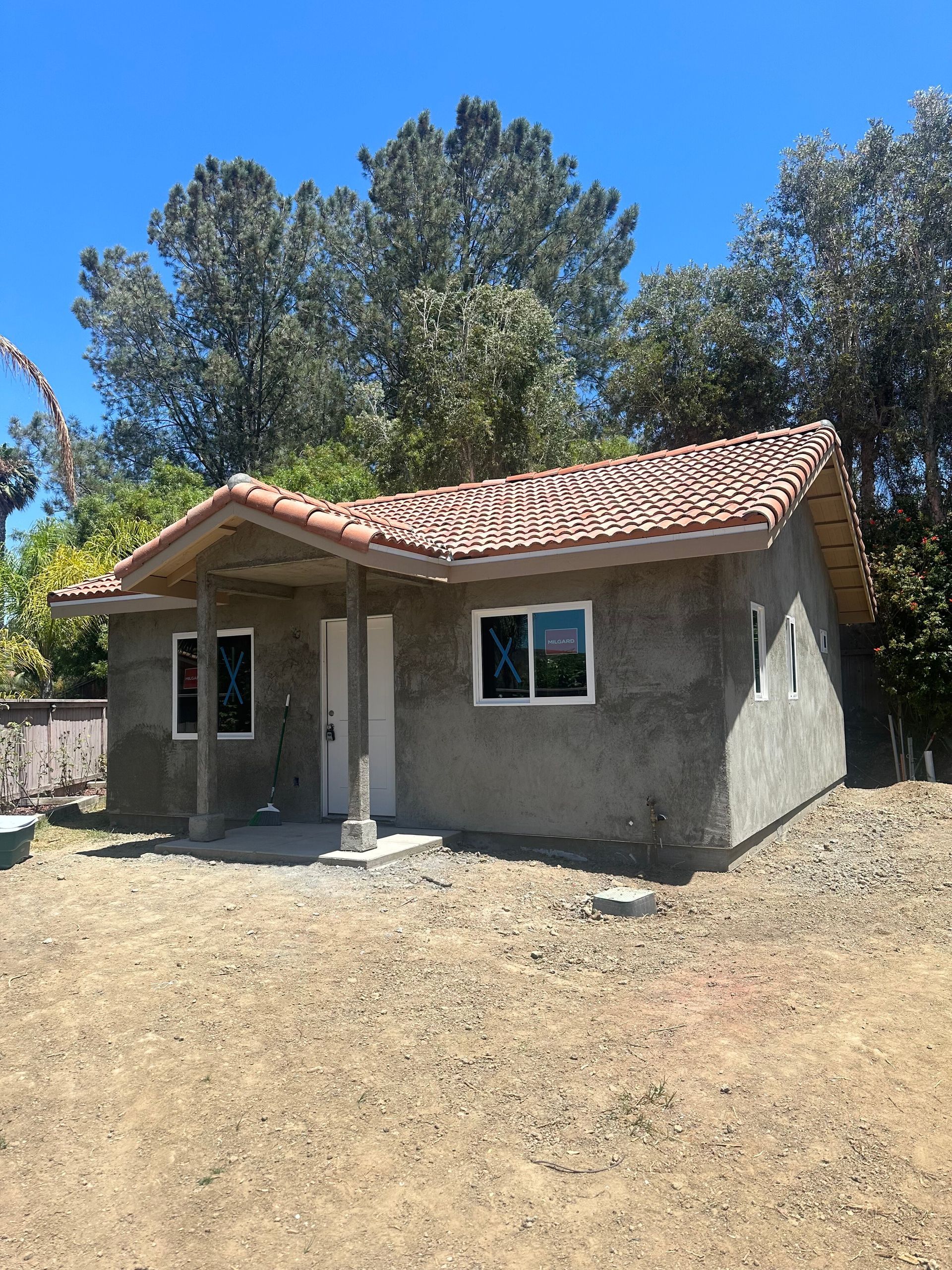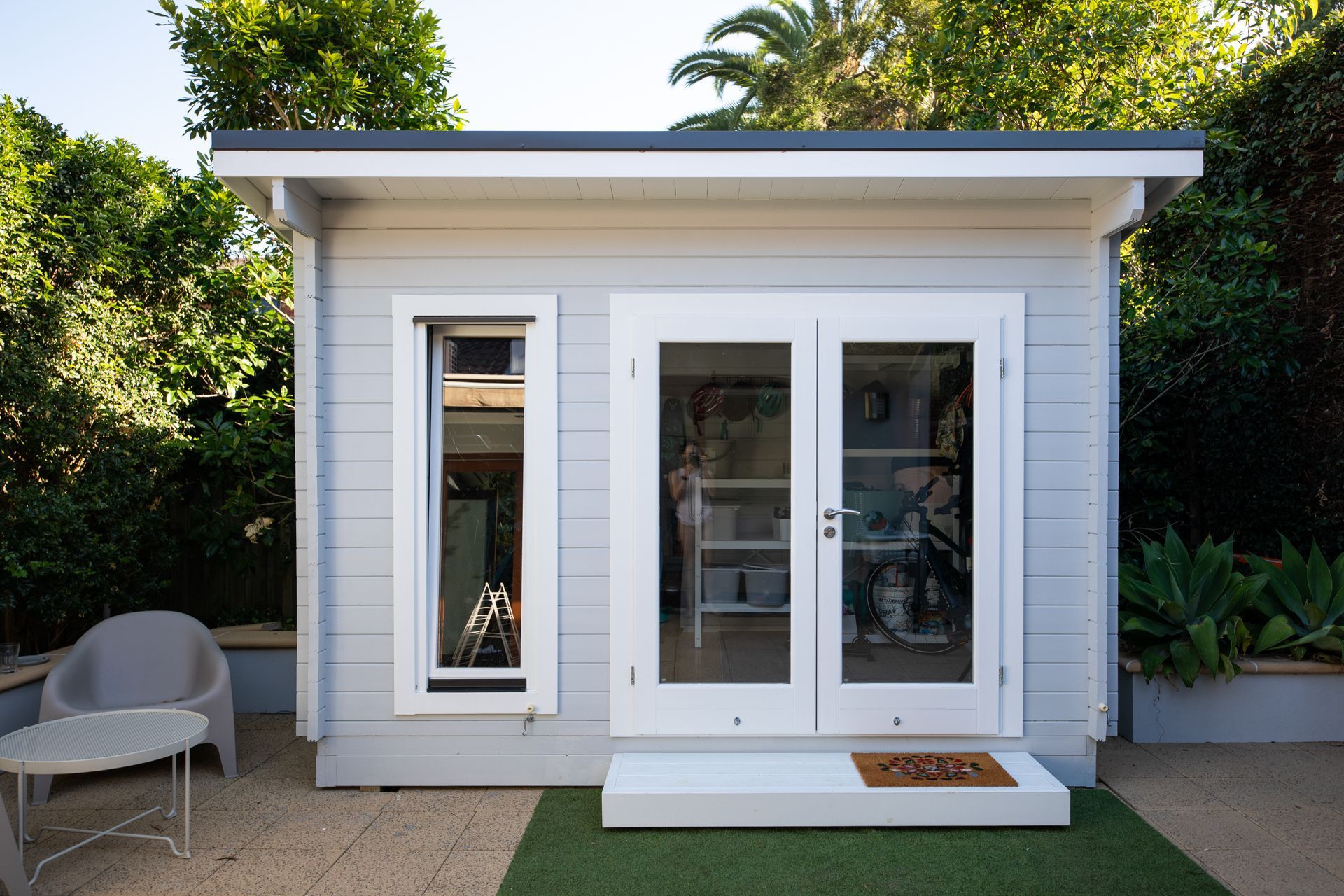Accessory Dwelling Units (ADUs) have gained significant popularity in recent years as a solution to the housing shortage and the need for flexible living spaces, especially here in California. ADUs are secondary living units located on the same property as a primary residence, and they come in various forms, including site-built and prefab (pre-fabricated) options. While prefab ADUs have their advantages, there are several compelling benefits to choosing a site-built ADU. On this blog post, we’ll explore the advantages of site-built ADUs over prefab alternatives.
1. Customization and Design Flexibility:
One of the standout advantages of site-built ADUs is the level of customization and design flexibility they offer. With site-built ADU, you have the freedom to work with architects and designers to create a structure that matches your exact specification and preferences. Whether you’re looking for a modern, traditional, or unique design, a site-built ADU allows you to fully tailor the unit to your vision and needs.
2. Integration with Existing Structures:
Site-built ADUs have a distinct advantage when it comes to seamlessly integrating with the existing architecture of your property. This can be especially important if you want your ADU to complement the aesthetic of your primary residence. Site-built ADUs allow for a more cohesive look, as they can be designed to match the materials, colors, and overall style of your main home.
3. Better Quality Control:
When you opt for a site-built ADU, you have greater control over the construction process and the materials used. You can closely monitor the quality of workmanship and ensure that you ADU meets your standards. On the other hand, prefab ADUs are often manufactured in a factory and then transported to your property, which can sometimes lead to issues related to transportation, assembly, and finishing.
4. Site-Specific Adaptations:
Every property is unique in terms of its layout, topography, and conditions. Site-built ADUs allow for better adaptations to these site-specific factors. This means that the ADU can be designed to take advantage of views, natural lighting, and landscape features, resulting in a living space that feels more integrated with the surroundings.
5. Potential Cost Savings:
While prefab ADUs are often marketed as cost-effective solutions, site-built ADUs can sometimes provide cost savings in the long run. Prefab units may come with additional costs such as transportation, crane rental, and on-site assembly, which can add up. Site-built ADUs, when properly managed, can be more straightforward in terms of cost estimation and may avoid unexpected expenses associated with transportation and assembly.
6. Permits and Regulations:
Navigating the permitting process and adhering to local regulations can be more straightforward with site-built ADUs. Prefab units may require additional scrutiny to ensure they comply with local building codes, which can lead to delays and complications. Site- build ADUs can be designed and constructed in alignment with local regulations from the outset.
Both prefab and site-built ADUs have their merits, and the choice ultimately depends on your preferences, budget, and project goals. However, the level of customization, integration with existing structures, quality control, site-specific adaptations, potential cost savings, and ease of permitting make site-built ADUs an attractive option for homeowners who value design flexibility, quality, and a seamless integration with their property. When considering an ADU for your property, it is crucial to carefully weigh the benefits of the site-built construction against other options to make an informed decision that aligns with your vison and lifestyle.
